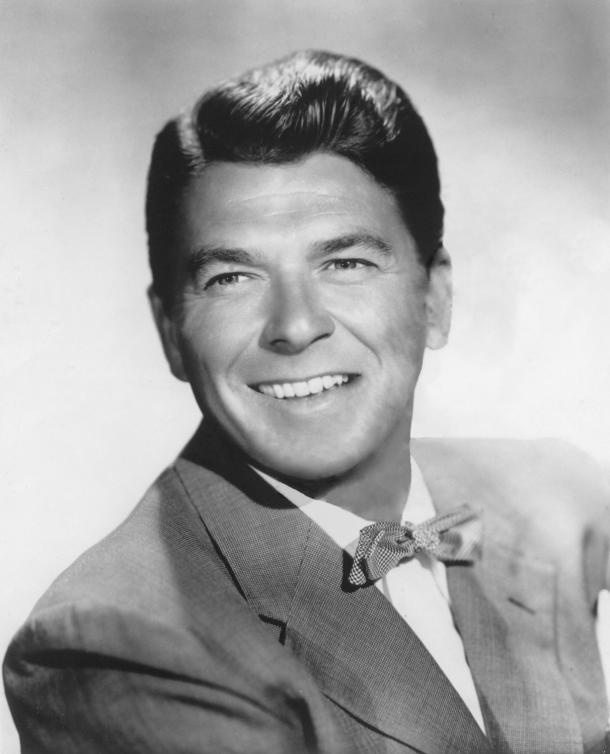The 1950s were a pivotal decade in American history, marked by significant political, social, and economic changes. During this time, the United States was led by several presidents whose policies and actions shaped the nation and its role on the world stage. This article will explore the key figures who held the presidency during the 1950s, their contributions, and the historical context that defined their administrations. By understanding the presidents of the 1950s, we gain insight into the dynamics of American politics during a crucial period in history.
As the world emerged from the aftermath of World War II, the 1950s presented both opportunities and challenges. The Cold War was intensifying, civil rights movements were gaining traction, and economic prosperity was on the rise for many Americans. Each president faced unique challenges that required decisive leadership and vision.
In this comprehensive analysis, we will delve into the presidencies of Harry S. Truman, Dwight D. Eisenhower, and John F. Kennedy. We will examine their policies, notable events during their terms, and their lasting impact on the United States and the world. This exploration will not only highlight their achievements but also the criticisms they faced, providing a balanced view of their legacies.
Table of Contents
- Harry S. Truman: The End of WWII and the Start of the Cold War
- Dwight D. Eisenhower: A New Look at Cold War Politics
- John F. Kennedy: The New Frontier and Civil Rights
- The Impact of the 1950s Presidents on American Society
- Conclusion
Harry S. Truman: The End of WWII and the Start of the Cold War
Harry S. Truman served as the 33rd president of the United States from 1945 to 1953. His presidency was defined by the aftermath of World War II and the beginning of the Cold War. Truman's decision to use atomic bombs on Hiroshima and Nagasaki ended the war but also initiated a new era of nuclear anxiety.
In 1947, Truman announced the Truman Doctrine, which aimed to contain communism by providing political, military, and economic assistance to countries threatened by Soviet expansion. This doctrine set the stage for U.S. foreign policy for decades to come.
Key Policies and Events During Truman's Presidency
- Truman Doctrine: Aimed at containing communism.
- Marshall Plan: Economic aid to rebuild Europe.
- Creation of NATO: A military alliance to counter Soviet influence.
- Desegregation of the Armed Forces: An important step towards civil rights.
Dwight D. Eisenhower: A New Look at Cold War Politics
Dwight D. Eisenhower became the 34th president in 1953 and served two terms until 1961. Eisenhower's presidency is often associated with the "New Look" policy, which emphasized the importance of nuclear deterrence and the containment of communism through a strong military presence.
Eisenhower navigated a complex international landscape, dealing with events such as the Korean War, the Suez Crisis, and the rise of Soviet power. His administration also focused on domestic issues, including the development of the Interstate Highway System and the promotion of civil rights.
Key Policies and Events During Eisenhower's Presidency
- Korean War: An ongoing conflict that defined early 1950s politics.
- Suez Crisis: A critical moment in Middle Eastern politics.
- Interstate Highway System: Revolutionized American transportation.
- Brown v. Board of Education: Landmark Supreme Court decision on desegregation.
John F. Kennedy: The New Frontier and Civil Rights
John F. Kennedy, who became the 35th president in 1961, is often remembered for his charismatic leadership and vision for America. Although his presidency began in 1960, the policies and attitudes he brought forward were heavily influenced by the events of the 1950s.
Kennedy's New Frontier program aimed to address domestic issues such as poverty, education, and civil rights. His administration faced significant challenges, including the Cuban Missile Crisis, which brought the world to the brink of nuclear war.
Key Policies and Events During Kennedy's Presidency
- New Frontier: A domestic agenda focusing on social reforms.
- Cuban Missile Crisis: A critical moment in Cold War tensions.
- Space Race: The push for technological advancement.
- Commitment to Civil Rights: Increasing focus on social justice.
The Impact of the 1950s Presidents on American Society
The presidents of the 1950s played a crucial role in shaping modern America. Their decisions influenced not only foreign policy but also domestic social structures. The policies implemented during this decade laid the groundwork for significant changes in the 1960s and beyond.
In particular, the civil rights movement gained momentum during the 1950s, with leaders such as Martin Luther King Jr. emerging to advocate for equality and justice. The desegregation of schools and the military signified a shift towards a more inclusive society.
Furthermore, the economic policies established by Truman and Eisenhower set the stage for the post-war boom, which would lead to increased consumerism and a changing American landscape.
Conclusion
In conclusion, the 1950s were a transformative decade for the United States, characterized by the leadership of Harry S. Truman, Dwight D. Eisenhower, and John F. Kennedy. Each president faced unique challenges and made significant contributions to both domestic and foreign policy. Their legacies continue to influence American society today.
As we reflect on the presidencies of the 1950s, it's important to recognize the complexities of their decisions and the impacts they had on future generations. We encourage readers to share their thoughts in the comments and explore more about this fascinating period in American history.
Thank you for reading! We hope you found this article informative and engaging. Feel free to return for more insights and discussions on historical topics.



